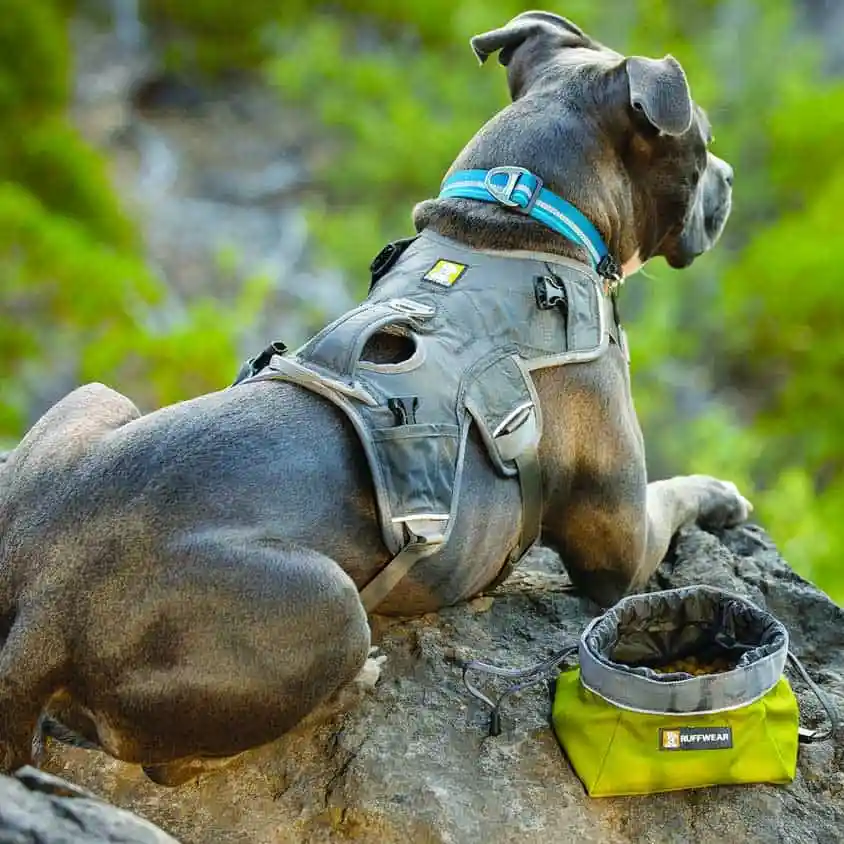Darryl L. Millis, MS, DVM, DACVS, DACVSMR, CCRP Professor of Orthopedic Surgery & Director of Surgical Service
Robin Downing, DVM, MS, DAAPM, DACVSMR, CVPP, CCRP
Diplomate of the American Academy of Pain Management, is a a founder and past-president of the International Veterinary Academy of Pain Management.
Janet B. Van Dyke, DVM
Diplomate American College of Veterinary Sports Medicine and Rehabilitation, CCRT, CEO
Ludovica Dragone, DVM, CCRP
Vice President of VEPRA, Veterinary European of Physical Therapy and Rehabilitation Association.
Andrea L. Henderson, DVM, CCRT, CCRP
Resident, Canine Sports Medicine and Rehabilitation
Steven M.Fox, MS, DVM, MBA, PhD
President Securos. Inc

In an animal physical therapy practice, a Certified Canine Rehabilitation Therapist/Practitioner CCRT/CCRP usually confers with the diagnosing veterinarian on the cause and severity of an animal’s condition to develop a specialized therapy plan on a client by client basis and adjust according every single session.
Each technique used in animal physical therapy has different benefits and not all techniques are useful for every condition. Also duration/cycles/tolerance of each different abilities of the animals differs depending on medical condition , we strongly do not encourage excessive rehabilitation plan which cause fatigue.
Physical therapy for orthopedic conditions can include any combination of the following techniques: Ultrasound therapy, cryotherapy, hydrotherapy (pool or/and treadmill), muscle building exercises electrical stimulation , Muscle mass massage , Sit and Stand exercises , TENS and strengthening exercises focusing on their various muscle group when muscle atrophy is noted .
Neurological conditions generally benefit the most from propioception exercises – balance and coordination , muscle building exercises, cold laser therapy, Aquatic Treadmill, Cavaletti poles weaving, passive range of motion , muscle memory training focusing on the loss or reduced of reflexes.Surgical repairs and traumatic injuries are generally treated with Ultrasound or heat therapy after inflammation is subsided, TENS and Cryotherapy for pain and inflammation reduction, massage, Passive Range of motion exercises , NMES , and hydrotherapy (depending on condition and surgery done – Hydro pool swimming or Hydro Treadmill), strengthening and weight bearing exercises .
When you have discovered that you dog is not well, limping, in pain or not wanting to walk, visiting your Vet is the most logical thing to do immediately. Your family vet would be running a full image diagnostics and depending on initial evaluation done by your vet, they will be prescribing medicine to manage inflammation and pain for you.
And most vets will recommend hydrotherapy as one of the methods of rehabilitation. And this is probably how you found this website because you are looking for the best alternative plan for your pet.
Depending on the condition of your pet, the initial rehabilitation and physiotherapy phase can either be twice or thrice a week. And if your pet has lost a significant of muscle mass after operation, it might be more often.
An improvement in your pet’s condition should be seen after the first ten sessions.
After each successful period of rehabilitation, we will reassess your pet for their improvement. With each assessment, the rehabilitation and physiotherapy plan changes in accordance to the physical health of your pet.
We will send our findings back to your vet so that they can follow what your pet has been doing as well.

